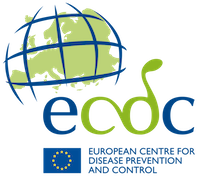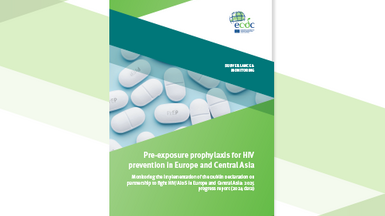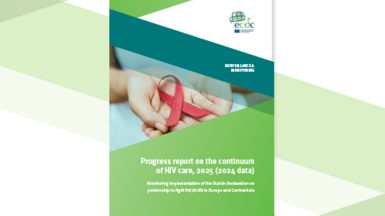EU Diphtheria Case Definition: Position Paper, 2002
Good surveillance is fundamental to every vaccination programme. The responsibility of public health authorities is to demonstrate that these programmes are effective, particularly in view of the susceptibility to diphtheria amongst adult populations in Europe and the demonstrated potential for diphtheria to re-emerge rapidly if vaccination coverage or efficacy falls1. Maintaining confidence by demonstrating safety and effectiveness is critical. However, the quality of diphtheria surveillance varies greatly between countries both at laboratory and public health levels, and standards need to be agreed and set, and methodologies harmonised across Europe. Furthermore, the standards need to be higher than for other diseases due to specific programmatic targets to demonstrate the absence of disease or to ascertain reliably low levels of disease incidence. In this way, vaccine preventable disease surveillance in high coverage countries, and diphtheria surveillance specifically, has particular requirements which may differ from some other European surveillance projects that have focused on high incidence diseases.







